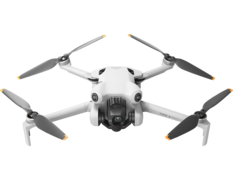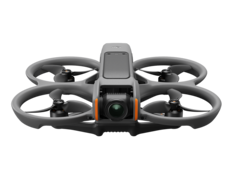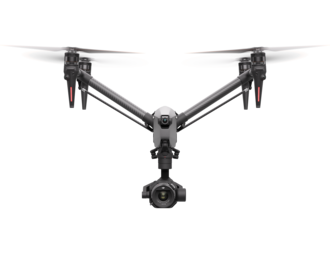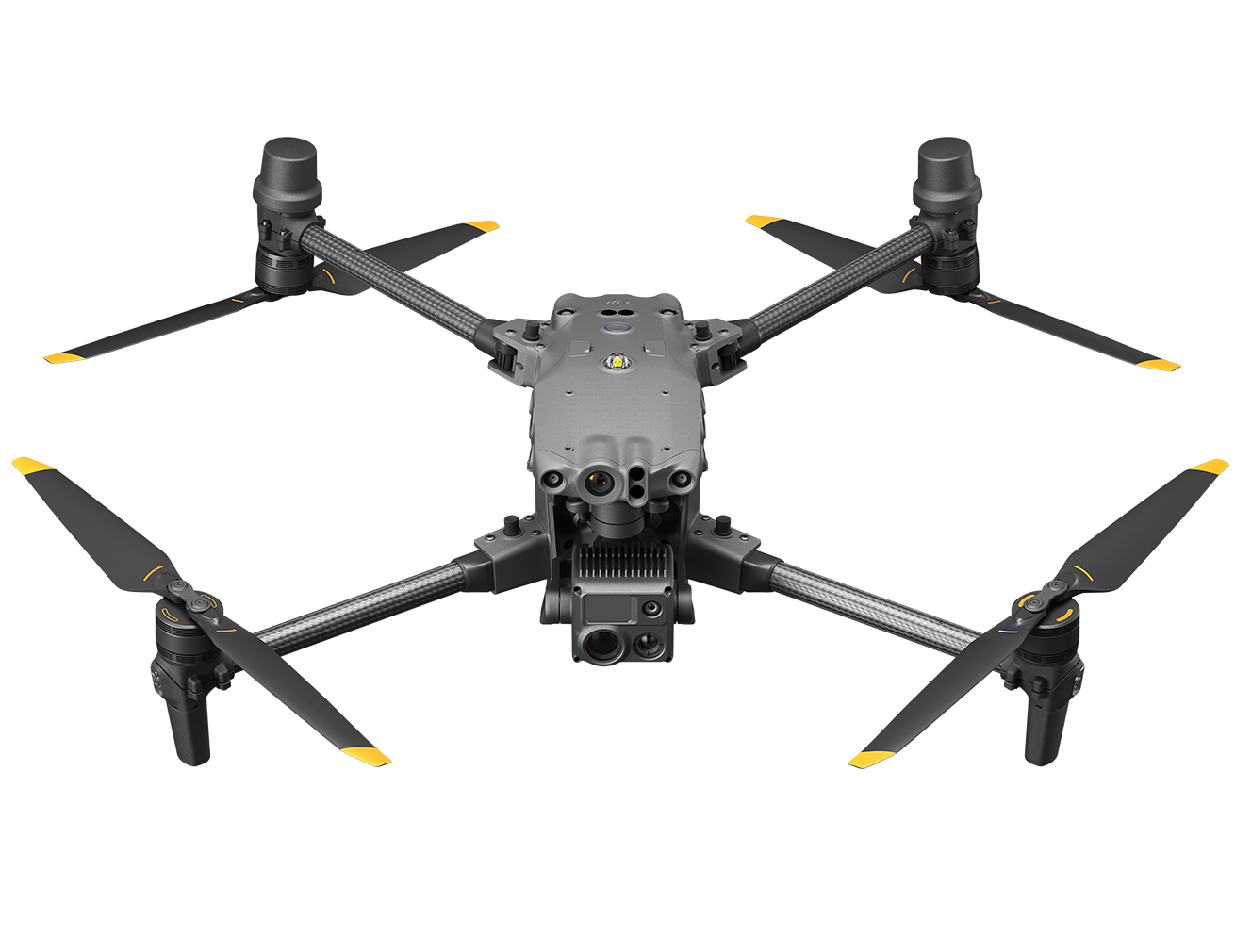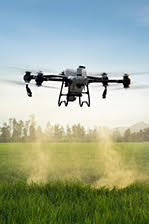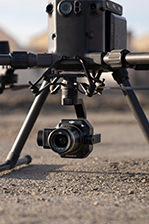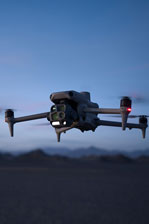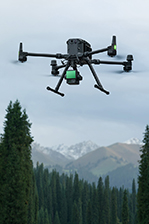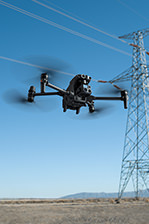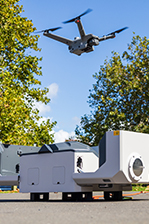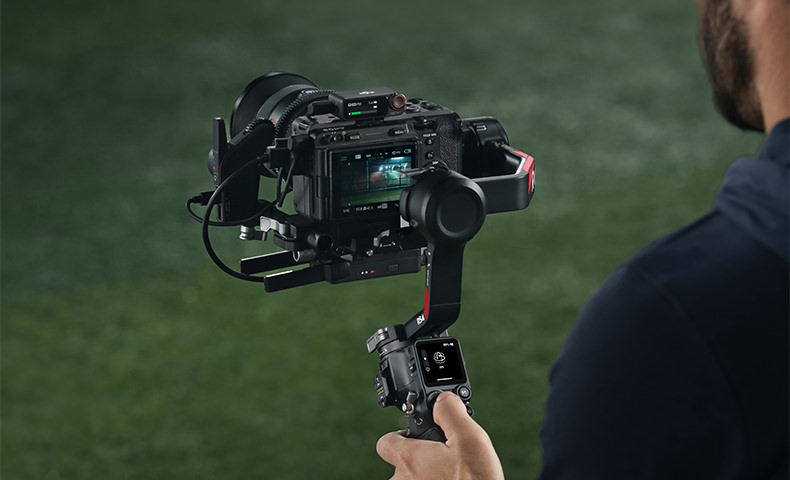DJI RS 4 Combo
The DJI RS 4 lightweight commercial stabiliser supports next-generation native vertical shooting with enhanced operation efficiency, improved stabilisation performance, and an upgraded accessory ecosystem. It empowers solo cinematographers with a more professional and efficient creative experience and the toolset to tell gripping visual stories.
| 2nd-Gen Native Vertical Shooting | Joystick Mode Switch, Zoom/Gimbal Control | Teflon™-Coated Axis Arms, Smoother Balancing |
| 3kg (6.6lbs) Payload Capacity, Extended Tilt Axis | RSA Communication Port, Extensive Control Ecosystem | High-Capacity Battery Grip, Approx. 2.5x Battery Runtime [1] |
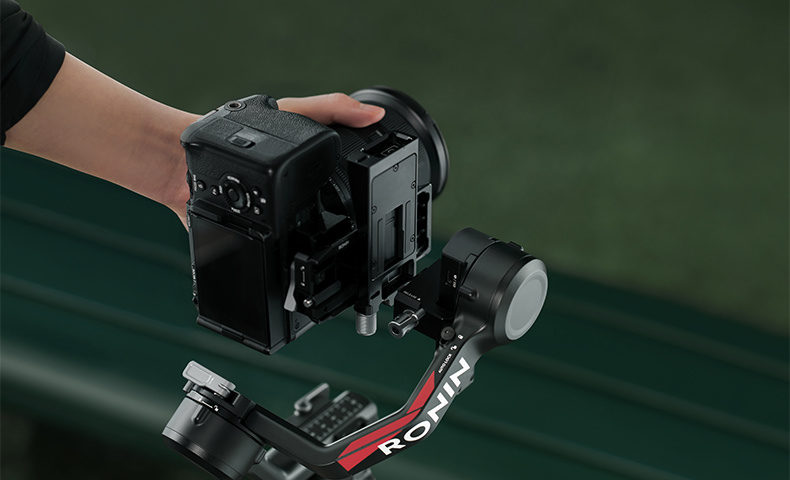
Quick Launch
2nd-Gen Native Vertical Shooting
DJI RS 4 features a newly designed horizontal plate, enabling the second generation of native vertical shooting for faster and simpler operation. Without the need for additional accessories, you can simply release the horizontal plate and secure it into the vertical position for an easy switch to vertical shooting, [2] paving the way for efficient vertical video creation.
2nd-Gen Automated Axis Locks
The automated axis locks allow RS 4 to quickly start working or enter sleep mode, significantly enhancing shooting, transition, and storage efficiency. Additionally, the axis locks have smaller gaps when locked, further reducing gimbal shake.
Our Smoothest Balancing Experience Yet
DJI RS 4 features a Teflon™ coating for all three axes, resulting in reduced friction and smoother balancing.
When switching cameras or lenses, the fine-tuning knob on the tilt axis can move the camera forward or backward, achieving precise, millimetre-level balancing.
The upper quick-release plate has an added adjustable placement guide to ensure secure camera mounting.
Automatic Screen Lock
The OLED touchscreen incorporates a new auto-lock feature. Once locked, the screen will display the current gimbal and joystick modes at a low brightness. This not only prevents accidental touches but also helps to conserve battery power.
Powerful Stabilisation
Excellent Payload Capacity
The lightweight body boasts a 3kg (6.6lbs) payload capacity. It can carry mainstream mirrorless camera and lens combinations, enabling comfortable holding with robust power.
Compared with the previous generation, RS 4's tilt axis has been extended by 8.5 mm, offering expanded balancing space. This allows you to mount mainstream mirrorless camera and lens combinations along with accessories like ND filters, broadening the scope for creative potential.
4th-Gen RS Stabilisation Algorithm
DJI has comprehensively optimised the next-generation RS stabilisation algorithm for different usage scenarios. It strikes a superior balance between stabilisation strength and the tactile feel of camera movement, delivering both excellent stabilisation performance and an enhanced user experience. Additionally, RS 4 offers significantly improved stability when vertical shooting, easily steadying dynamic shots like running or low-angle perspectives.
Professional Creation
DJI RS 4 supports the professional-grade features of DJI PRO products, delivering superior performance that makes solo creation more efficient.
Bluetooth Wireless Control
DJI RS 4 can remotely control camera shutter and lens zoom with Dual-Mode Bluetooth technology. In zoom control mode, you can use the joystick to control Power Zoom for PZ lenses and Clear Image Zoom, [3] obtaining a native zoom experience. A camera only needs to be paired once, after which it can reconnect seamlessly and automatically.
Support for DJI Focus Pro Motor
When paired with the new DJI Focus Pro Motor, [4] DJI RS 4 allows you to control the lens focus via dial or adjust the lens zoom via joystick. This smooth operation enables efficient lens control.
| Motor Speed [5] | Universal Rod |
|---|---|
| Increased by 30% | 15 mm |
Trigger Function Customisation
The trigger function can be customised to FPV mode, where pressing and holding the trigger makes the gimbal's three axes follow the direction of the grip's movement. This is particularly useful for shooting rotational footage or simulating POV.
Gimbal Mode Switch
By toggling the gimbal mode switch, you can quickly switch between PF, PTF, and FPV modes. You can also set FPV mode to 3D Roll 360 mode or Custom mode according to the shooting requirements, ensuring RS 4 is precision-ready.
Intelligent Features
Motionlapse
Track
Panorama

Accessory Ecosystem
RSA Communication Port
DJI RS 4 introduces an RSA communication port, which allows for the connection of accessories such as the DJI RS Tethered Control Handle [6] and third-party accessories like control handles [6] and remote-control ring handles. [6] You can flexibly switch between different shooting setups according to your creative needs.
Thanks to DJI RS SDK protocol, third-party manufacturers and individual developers can develop customised functions for RS 4, meeting a wider range of shooting requirements.
DJI RS SDK creates a joint ecosystem with developers
DJI RS SDK is a developer protocol provided by DJI for developers and third-party hardware manufacturers to equip stabilisers such as RS 4 Pro, RS 3 Pro, and RS 4 with more features for extensive scenarios.
Features
Set gimbal position
Control gimbal rotation
Get motor and attitude information
Control camera focus and shooting
Applications
1. Build a virtual studio system that can use a PC or console to control the RS stabiliser. It also supports online control of multiple gimbals, allowing solo operators to manage several devices with ease.
2. Mount the RS stabiliser on a slider and link the two through programming for four-dimensional control. You can customise the shooting track to get effortlessly expressive camera movements.
Note: DJI RS SDK is currently available only in English and Chinese. If you have requests or questions, please visit the DJI Forum for more details.
DJI RS BG70 High-Capacity Battery Grip
The new BG70 High-Capacity Battery Grip [6] can extend RS 4's battery runtime to 29.5 hours. [7] It also supports powering your camera and accessories with up to 18 W via the USB-C port at the bottom.
| Max Battery Runtime | PD Fast Charging | Rapid Full Charge [8] | Max Power Output |
|---|---|---|---|
| 29.5 Hours | 45 W | 2.5 Hours | 18 W |
Support for DJI Ronin Image Transmitter
Both independent cinematographers and small crews can utilise the Ronin Image Transmitter [6] for high-definition live feeds, remote gimbal and camera control, ActiveTrack 4.0, Force Mobile, and more, achieving an integrated shooting experience with monitoring and control capabilities.
Extensive Accessory Ecosystem
DJI RS series accessories, [6] such as the RS BG30 Battery Grip, RS Focus Motor (2022), and Ronin Image Transmitter, are all compatible with RS 4.
| DJI RS BG30 Battery Grip | DJI RS Focus Motor (2022) | DJI RS Tethered Control Handle | DJI RS Twist Grip Dual Handle | DJI Ronin Image Transmitter |
|---|---|---|---|---|
| The battery grip can power RS 4 for approximately 12 hours. [7] It supports PD and QC 2.0 fast charging protocols. With a 24W charging specification, it can be charged to approximately 80% in 1 hour and fully charged in 1.5 hours, and can be charged separately from the gimbal. | With a maximum torque of 1 N·m, the focus motor delivers a smooth focusing experience. It also adopts a quick-release structure, allowing it to be assembled easily without any tools for faster use. | In the dual-grip configuration (used with the Twist Grip Dual Handle), the handle supports operations such as entering sleep mode, recording, and focusing. Equipped with a NATO port and a cold shoe, it allows for mounting a remote monitor and adding a focus wheel on the side. | The handle features NATO ports and a quick-release design. It allows for swift transitions from dual-handheld to low-angle briefcase configurations without the need for disassembly. It is compatible with accessories that have the corresponding ports. | It supports high-definition live feeds, remote gimbal and camera control, ActiveTrack 4.0, Force Mobile, and many other features, providing an integrated monitoring and control experience for solo cinematographers and small crews. |
Notes:
* The DJI Ronin app is required for activation when using DJI RS 4 for the first time.
1. Data was measured by comparing the battery runtime of DJI RS 4 equipped with the DJI RS BG70 High-Capacity Battery Grip and that of DJI RS 4 equipped with the DJI RS BG21 Battery Grip. Battery runtime was measured in a 25° C (77° F) indoor environment with the gimbal balanced in a level and stationary state until the battery level reached 3% (with the battery grip only powering the gimbal).
2. The gimbal requires rebalancing after switching between horizontal and vertical shooting.
3. For more details on camera and lens compatibility, please refer to the Ronin Series Compatibility Search page.
4. The DJI RS 4 Combo includes a DJI Focus Pro Motor. For the standalone version, the motor is sold separately.
5. Compared with the DJI RS Focus Motor (2022).
6. Sold separately.
7. Measured in a 25° C (77° F) indoor environment with the gimbal balanced in a level and stationary state until the battery level reached 3% (with the battery grip only powering the gimbal).
8. Measured in a 25° C (77° F) indoor environment.
Product Specifications
Peripheral
Accessory Port: Ronin Series Accessories (RSA)/NATO Ports
1/4"-20 Mounting Hole
Cold Shoe
Video Transmission Port (USB-C)
RSS Camera Control Port (USB-C)
Focus Motor Port (USB-C)
Battery: Model: BHX711-3000-7.2V
Type: LiPo 2S
Capacity: 3000 mAh
Energy: 21 Wh
Max Runtime: 12 hours (Measured with the gimbal balanced in a level and stationary state. When the gimbal is in motion, the operating time will be reduced.)
Charging Time: Approx. 2.5 hours (Measured with a charger supporting 18W fast charging. It is recommended to use chargers supporting PD protocol.)
Suggested Charging Temperature: 5° to 40° C (41° to 104° F)
Connections: Bluetooth 5.1
Charging Port (USB-C)
Ronin App Requirements: iOS 11.0 or above
Android 8.0 or above
Languages Supported by the Touchscreen: English, Simplified Chinese, Traditional Chinese, German, French, Korean, Japanese, Spanish, Portuguese (Brazil), Russian, Thai
Working Performance
Tested Payload: 3 kg (6.6 lbs)
Maximum Controlled Rotation Speed: Pan: 360°/s
Tilt: 360°/s
Roll: 360°/s
Mechanical Range: Pan Axis: 360° continuous rotation
Roll Axis: -95° to +240°
Tilt Axis: -112° to +214°
Mechanical & Electrical Properties
Operating Frequency: 2.400-2.4835 GHz
Bluetooth Transmitter Power: < 8 dBm
Operating Temperature: -20° to 45° C (-4° to 113° F)
Weight: Gimbal: Approx. 1066 g (2.35 lbs)
Grip: Approx. 203 g (0.45 lbs)
Extended Grip/Tripod (Plastic): Approx. 183 g (0.4 lbs)
Upper and Lower Quick-Release Plates: Approx. 98 g (0.22 lbs)
Dimensions: Folded: 245×255×75 mm (L×W×H, excluding camera, grip, and the Extended Grip/Tripod)
Unfolded: 370×191×189 mm (L×W×H, height includes grip and excludes the Extended Grip/Tripod)
DJI Ronin Image Transmitter
Connections: Power/Communication Port (USB-C)
HDMI Port (Mini HDMI)
RSS Camera Control Port (USB-C)
Expansion Port: Cold Shoe
Operating Frequency: 2.400-2.4835 GHz
5.725-5.850 GHz
Weight: 126 g (0.27 lbs)
Dimensions: 82×63×24 mm (L×W×H)
Transmitter Power (EIRP): 2.400-2.4835 GHz:
< 25 dBm (FCC)
< 20 dBm (CE/SRRC/MIC)
5.725-5.850 GHz:
< 25 dBm (FCC/SRRC)
< 14 dBm (CE)
Battery: Capacity: 2970 mAh
Compatible Charger: 5 V/2 A
Charging Time: Approx. 2.5 hours
Operating Time: Approx. 3.5 hours
Transmission Range: 200 m (SRRC/FCC)
100 m (CE)
Measured in an unobstructed environment free of interference.
Latency: 60 ms
Operating Current/Voltage: 900 mA/3.7 V
Operating Temperature: 0° to 45° C (32° to 113° F)
In the box
Gimbal × 1
BG21 Battery Grip × 1
Quick-Release Plate (Arca-Swiss/Manfrotto) × 1
Extended Grip/Tripod (Plastic) × 1
Briefcase Handle × 1
Lens-Fastening Support × 1
Multi-Camera Control Cable (USB-C, 30 cm) × 2
USB-C Charging Cable (40 cm) × 1
Screw Kit × 1
Carrying Case × 1
Focus Pro Motor × 1
Focus Pro Motor Rod Mount Kit × 1
Focus Gear Strip × 1
WHY BUY FROM US?
By buying from Ferntech, you'll have the confidence that you are dealing directly with New Zealand's leading drone experts. Our staff are knowledgable drone pilots who offer expert advice, trusted support and superior specialist service. Only through us will you receive a full New Zealand warranty, phone and email support, and access to our certified Repairs Centre with DJI-qualified drone technicians. And we guarantee that we will have the best prices on the market — if not let us know and we will match any price (conditions apply).
Warranty Details
Intelligent Features
How many subjects can DJI RS 4 follow using ActiveTrack?
One.
When using ActiveTrack on DJI RS 4, how do I adjust composition?
You can use the joystick on the grip to control the gimbal and compose your shot.
Gimbal
How do I activate DJI RS 4?
Follow the steps below to activate the device:
1. Press and hold the power button to power on DJI RS 4.
2. Enable Bluetooth on your mobile device.
3. Launch the DJI Ronin app and register or log in with your DJI account. Select DJI RS 4 on the device list, enter the default password: 12345678, and follow the on-screen instructions to activate DJI RS 4.*
4. DJI RS 4 will enter sleep mode after successful activation. Press the power button once to exit sleep mode before use.
* During activation, make sure your mobile device is connected to the internet.
How do I update the firmware of DJI RS 4?
Follow the steps below to update the firmware:
1. Press and hold the power button to power on DJI RS 4.
2. Launch the DJI Ronin app, tap Connect to Gimbal, and select your DJI RS 4 on the device list.
3. When new firmware is available, there will be a prompt on the top of the DJI Ronin app main interface that says "Update Now."* Simply tap it. There will be a prompt to indicate a successful update. Tap Exit to complete the update.
4. If the update fails, restart the device and try again.
* Do not power off the device or exit the app until the firmware update is complete.
Is DJI RS 4 waterproof?
No. The ports on DJI RS 4 are not waterproof or dustproof. Please keep away from water and dust during use to avoid damaging the device.
What material is DJI RS 4 made of?
DJI RS 4 is primarily composed of aluminum alloy.
Which cameras and lenses are supported by DJI RS 4?
Please refer to the Ronin Series Compatibility Search page: https://www.dji.com/support/compatibility
Does DJI RS 4 have any key shortcuts?
1. Power Button
Press and hold: Power on/off.
Press once: Sleep/wake.
2. Trigger
Press and hold: Enter Lock/FPV mode (customizable).
Press twice: Recenter the gimbal.
Press three times: Enter Selfie mode.
3. Front Dial
Electronic focusing (default setting).
4. Camera Control Button
Press halfway: Autofocus.
Press once: Start/Stop recording.
Press and hold: Take a photo.
5. Joystick
Zoom Control
Push up or pull down: Control external focus motor zoom, Power Zoom for Sony PZ lenses, or Sony Clear Image Zoom.
Gimbal Control
Push up or pull down: Control tilt axis movement (default setting).
Push left or right: Control pan axis movement (default setting).
6. M Button
Press once: Can be customized to Take Photos, C1/Fn1 Button Mapping, or LiDAR AF/MF.
Press and hold: Enter Sport Mode.
Press and hold the M button while pressing the trigger twice: Enter and remain in Sport Mode. Repeat to exit.
Press and hold the M button and trigger: Start Auto Tune.
How do I use the automated axis locks on DJI RS 4?
When DJI RS 4 is powered off, press and hold the power button, and the three axes will unlock and expand automatically to become ready for use within seconds. Press and hold the power button again to lock the axes and power off DJI RS 4. During use, press the power button once, and the axes will automatically lock and enter sleep mode. Press once again to unlock and wake. You can set the movement of the automated axis locks on the touchscreen. When DJI RS 4 is being powered on/off, the movement can be Recenter & Lock, Fold & Lock, or None. When DJI RS 4 is entering sleep mode, the movement can be Recenter & Lock or None. Additionally, the automated axis locks also support manual locking and unlocking.
How do I enable the different gimbal modes of DJI RS 4?
With the gimbal mode switch, you can quickly switch between PF, PTF, and FPV modes. FPV mode is also customizable to 3D Roll 360 or Custom via the touchscreen.
Camera Control
What cameras can be controlled by the Bluetooth shutter of DJI RS 4?
Please refer to the Ronin Series Compatibility Search page: https://www.dji.com/support/compatibility
How do I enable Bluetooth shutter control on DJI RS 4?
Swipe down from the touchscreen home page, tap the Bluetooth icon, and DJI RS 4 will begin searching for the Bluetooth signals of the surrounding devices. Select the Bluetooth name of your camera. Certain camera models require a pairing password. After successful pairing, the Bluetooth icon will turn blue. For detailed steps, watch the tutorial How to Connect a Camera - DJI RS 4 Pro & DJI RS 4.
What functions can be achieved through DJI RS 4's Dual-Mode Bluetooth technology?
Press the camera control button halfway to control autofocus, press once to start/stop recording, and press and hold to take a photo. Additionally, you can use the joystick to control Power Zoom for Sony PZ lenses, or Sony Clear Image Zoom.
Accessories
What accessories can be used interchangeably among DJI RS 4, DJI RS 3, DJI RS 2, and DJI RSC 2?
Please refer to the DJI RS Series Universal Accessories List.
Battery
How long is the runtime of the DJI RS 4 battery grip?
When the gimbal is balanced in a level and stationary state and the battery is powering only the gimbal, the battery runtime can reach 12 hours. When DJI RS 4 is used with the new DJI RS BG70 High-Capacity Battery Grip, the battery runtime can be extended to 29.5 hours.
How long does it take to fully charge the DJI RS 4 battery grip?
Approx. 1.5 hours.*
* Measured with a charger supporting 18W fast charging. It is recommended to use chargers supporting PD protocol.
Can DJI RS 4 be used while charging?
Yes.
Are the battery grips of DJI RS 4, DJI RS 4 Pro, and DJI RS 3 interchangeable?
The DJI RS 4 battery grip is compatible with DJI RS 3. However, it cannot be used with DJI RS 4 Pro.
Can I use the DJI RS BG70 High-Capacity Battery Grip to charge my camera?
The DJI RS BG70 High-Capacity Battery Grip only supports charging mainstream cameras when they are powered off. The charging speed depends on the charging protocol of the camera.
There's currently no reviews for this product, be the first to write one.



